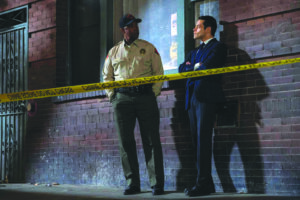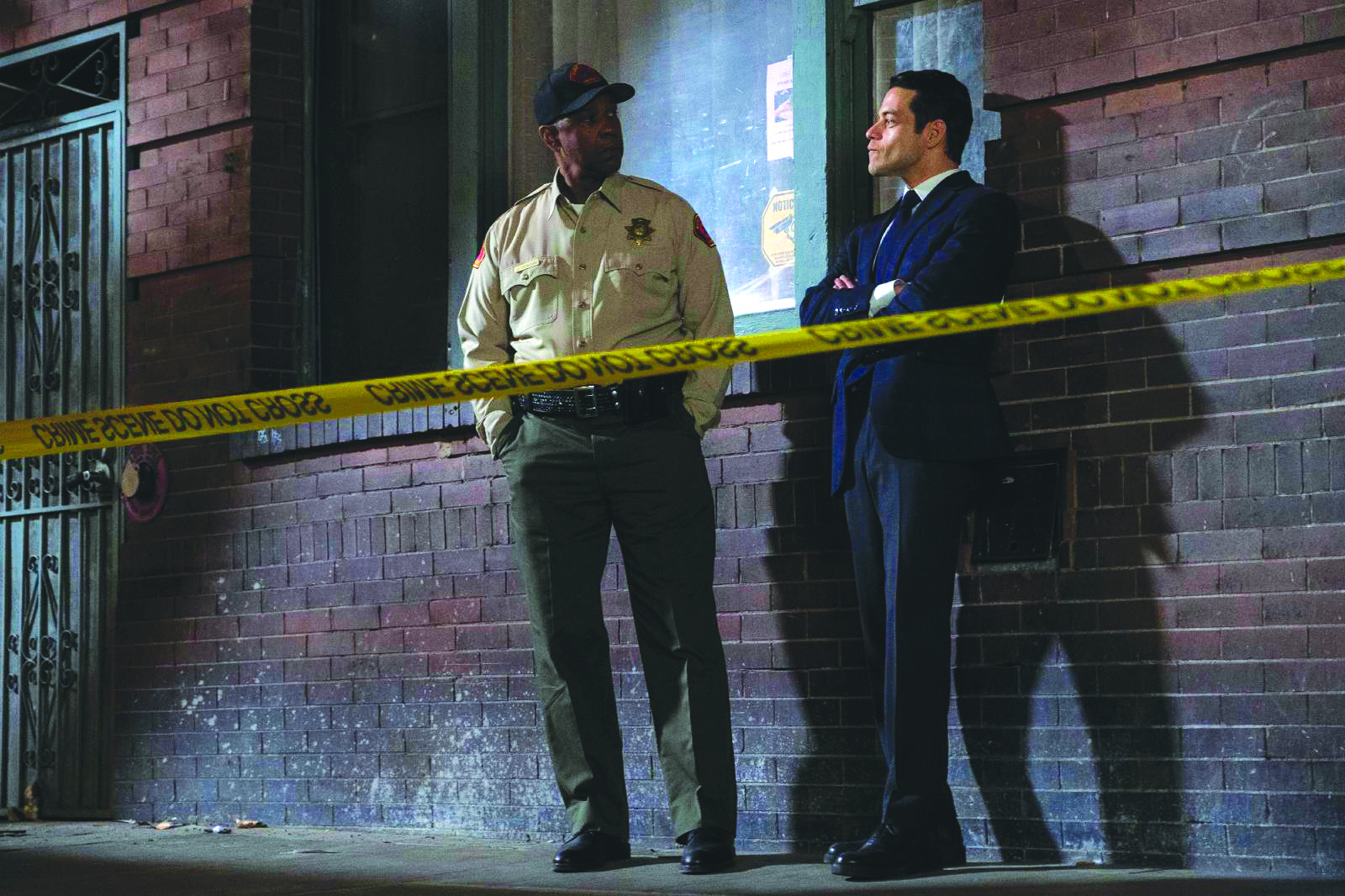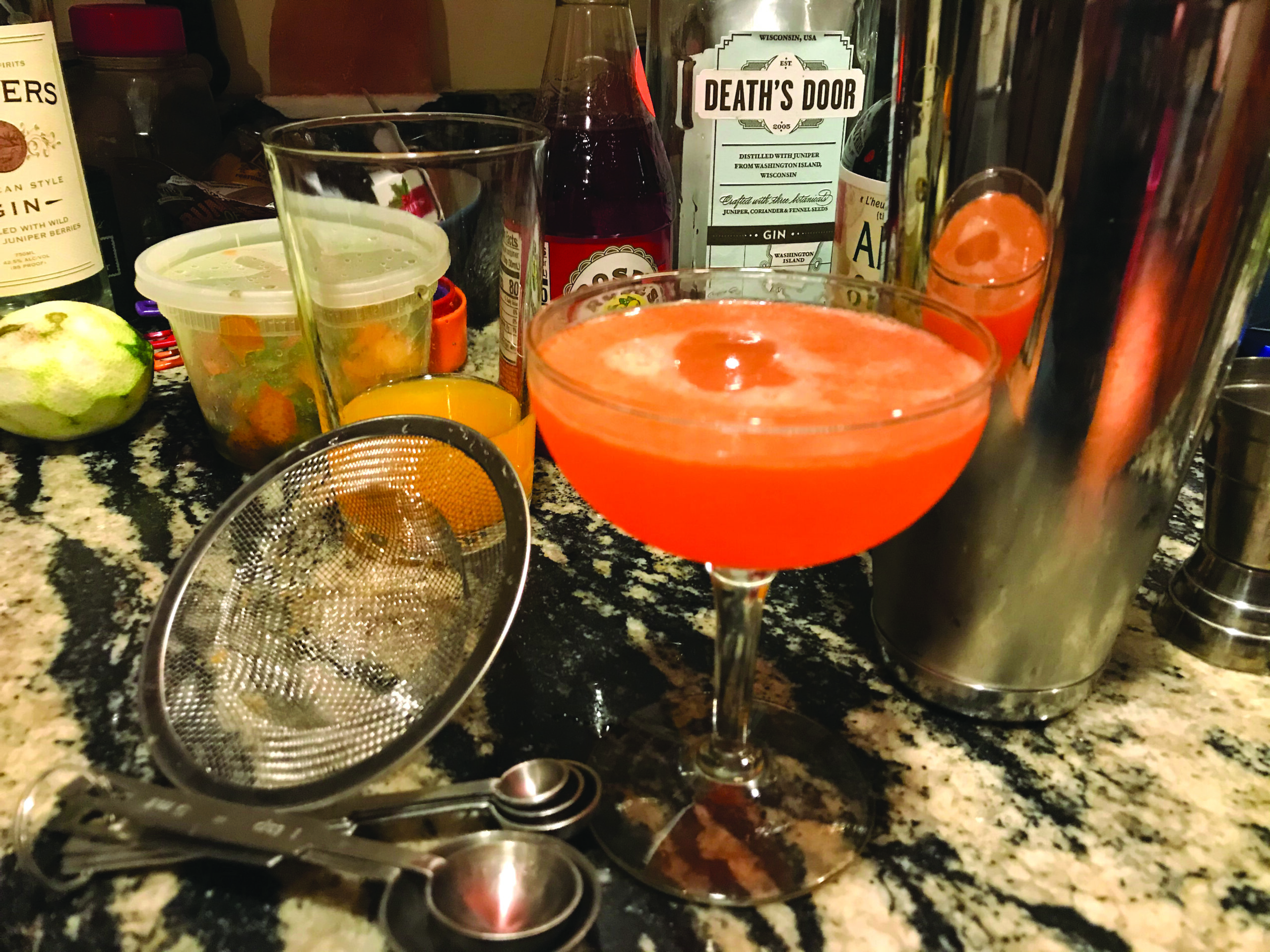This Is the Voice, by John Colapinto (Simon & Schuster, 320 pages)
John Colapinto can blame his raspy voice on Jann Wenner.
Twenty years ago, he was working for Rolling Stone when Wenner, the magazine’s owner, put together a rock band composed of the magazine’s staff. “I had just turned forty-one and I jumped at the opportunity to sustain the delusion that I was not getting old,” Colapinto writes.
His performance as the group’s lead singer, however, turned out to be a bit too exuberant, and soon after, his voice turned to sandpaper. When the condition persisted, Colapinto saw doctors who found a growth, a polyp similar to the career-ending one that Julie Andrews suffered.
Faced with the loss of his voice, or at least the one he was used to, Colapinto realized how integral his voice was to his sense of self. This Is the Voice is his exploration into an aspect of humanity that gets little attention: how our ability to make sounds and connect them to thoughts is central to what makes us human.
Yes, animals have language too, but Colapinto argues that what emanates from humans is vastly different. His parakeets can emulate human speech and remember words, but they can’t figure out how to use those words to get what they want. His birds may be able to learn to say the word “seed” but they can’t translate that ability into demanding seed from within their cage.
Colapinto’s quest to learn more about the voice is a promising scaffold on which to build a book. Unfortunately, his personal story is a short one and it is soon abandoned for a more textbook-like analysis of the development of language. He begins with a deep dive into how babies learn language, a process that borders on the miraculous, given that children learn to talk by hearing “the half-mumbled, sporadic, random talk all around them (like the murky, overlapping conversations in a Robert Altman movie). It turns out, the 1999 film Baby Geniuses should have been a documentary, not a comedy.
“In one study, 2-year-olds were shown mysterious objects like an apple corer and told just once that it is a ‘dax.’ Though never again told this word, they recalled it weeks later when asked to point to a picture of the ‘dax’ on a screen,” writes.
Newborns are physically unable to talk, because the larynx and tongue aren’t yet in the right places; that takes a couple of months. It will take six to eight years before a child can articulate as deftly as an adult. And Colapinto explores other curiosities of language, such as that humans and birds must learn vocal expression from others of their species, while all other mammals can develop their distinct voices independently, without exposure to the language.
Also, human speech is unique in the animal kingdom because of its gender differences. “All other mammals are vocally monomorphic: their roars, barks, meows, and baahs sound the same whether made by a male or a female of the species.” Most human adult males, however, communicate at a pitch that is an octave lower than that of women, Colapinto writes.
The complexities of language and the mysteries of its development have been the subject of scholarly debate and study for centuries. Colapinto delves into that work by accompanying a researcher to the Brazilian village where a primitive tribe known as the Pirahã live. This is a rehash of a 2007 New Yorker article titled “The Interpreters.”
It’s interesting, but by this point the reader feels led down an overgrowth jungle path; we were promised a book about voice, not about language. He gets back on topic with a fascinating discussion of what’s known as “vocal fry,” a low-pitched, creaky way of talking that has been described elsewhere as “the way a Kardashian speaks.”
Sure enough, Colapinto says “the first reports of the vocal fry epidemic” appeared in 2010, when the reality show Keeping Up with the Kardashians had the most viewers. Kim Kardashian, he says, is the “the epidemic’s Patient Zero” and the sound is essentially a human growl. As unpleasant as most people perceive the sound, it “has become a way for women to level the vocal playing field with men, who … use their more baritone voices to dominate in conversations.” (Don’t accuse Colapinto of misogyny; he also detects vocal fry in George Clooney, Matt Damon and Brad Pitt.)
Also interesting is a section on how dialects and accents have evolved as sort of “territorial marking” and why so many New Englanders eschew the “r” in their words, a phenomenon he describes as “r-lessness.”
The penultimate chapter, “The Voice of Leadership and Persuasion,” looks at political rhetoric, focusing on Adolf Hitler and former presidents Barack Obama and Donald Trump. Trump supporters, stay away from this one.
However, the chapter lends an immediacy to the topic and helps to lead Colapinto back to his own “scarred and aging voice” that was the genesis of the book. “My voice, with its nicks and scars and telltale rasp, tells its own history of my life, just like yours does,” he writes. It’s a satisfying conclusion, though the reader might think it takes too long to get there. Recommended for New Yorker subscribers, aging singers and language buffs; not for lovers of Kardashians. B-
BOOK NOTES
Nothing says “I forgot about Valentine’s Day” like a box of drugstore candy. Nothing says “I’ve been thinking deeply about this important day in our relationship” like a box of candy plus a book.
That’s even more true now that Amazon and the USPS have apparently adopted “yeah, whenever” as their delivery slogans. But if you order quickly, you have a shot at getting one of these titles before Feb. 14. There’s something for everyone here, from lovers of music to lovers of dogs.
Tiny Love Stories: True Tales of Love in 100 Words or Less, edited by Daniel Jones and Miya Lee (Artisan, 208 pages). These are vignettes about love compiled from The New York Times’ popular “Modern Love” column.
Dostoevsky in Love: An Intimate Life by Alex Christofi (Bloomsbury Continuum, 256 pages). This won’t be out until March, but for fans of the Russian novelist it looks worth the wait: a biography of Fyodor Dostoevsky focusing on three great loves of his life. Pre-order and print out the receipt.
Someone Who Will Love You in All Your Damaged Glory: Stories, by Raphael Bob-Waksberg (Knopf, 256 pages). Technically, you can give this just for the title. But the stories about love and relationship are great, too, to include one about an engaged couple debating the proper number of ritual goat sacrifices for their wedding.
The Course of Love, by Alain de Botton (Simon & Schuster, 240 pages) A Seattle Times review of this novel called it “A living, volatile portrait of how two very different souls love, complement and aggravate each other.” An Evening Standard review said, “It may even save some marriages.” Worth a try.
The Four Loves, by C.S. Lewis (HarperOne, 192 pages). The late Christian apologist and creator of Narnia analyzes four kinds of love: affection, friendship, erotic, and love of God.
Modern Love, True Stories of Love, Loss and Redemption, edited by Daniel Jones (Crown, 304 pages). This is another compilation of the “Modern Love” columns in The New York Times, these longer than 100 words.
Dear Scott, Dearest Zelda: The Love Letters of F. Scott and Zelda Fitzgerald, edited by Cathy W. Barks (Scribner, 432 pages). American novelists in the Jazz age, the Fitzgeralds loved each other prolifically in person and on paper. They probably won’t mind if you borrow a line or two to breathe in your beloved’s ear.
Dog is Love: Why and How Your Dog Loves You, by Clive D.L. Wynne (Mariner, 272 pages). Yes, you can buy this one for yourself.
Featured photo: This Is the Voice, by John Colapinto






























